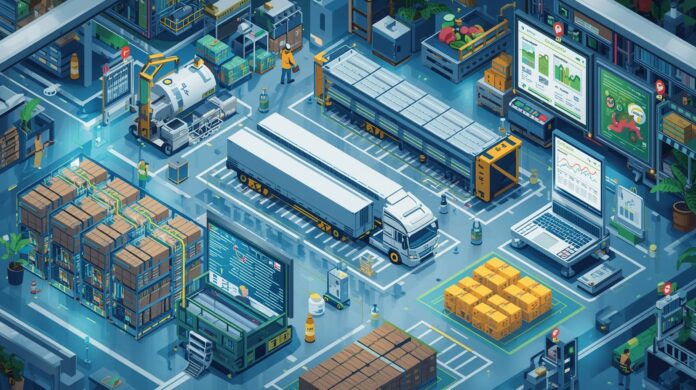
Key takeaways:
-
Supply chain planners are stuck in low-value work: Food and beverage planners spend about one-third of their time on data cleanup and routine tasks — time they want to redirect toward higher-impact analysis and decision-making.
-
Technology can shift the balance: Advanced analytics, automation, and scenario-based planning tools enable faster, data-driven trade-off modeling that turns planning into a strategic advantage.
-
Leadership is the real bottleneck: Data silos, inconsistent processes, and misaligned incentives — rooted in executive inaction — are blocking transformation more than technology itself.
When supply chain planners can’t move beyond firefighting, the organization loses its ability to model alternatives, quantify trade-offs, and make proactive decisions that protect margins and service levels.
Research from Deloitte involving over 150 supply chain planning professionals across the food and beverage sector reveals that planners are spending far too much time on low-value activities while strategic decision-making gets pushed to the margins.
Today’s supply chain planners spend roughly one-third of their time on data cleansing, exception handling, and routine plan generation. They want to reduce this by 13% and increase time spent on value-added strategic work by 14% — activities that deliver measurable business value such as scenario analysis, performance tracking, and cross-functional decision support.
This shift represents hundreds of hours annually that could be applied to optimizing the supply network, improving forecast accuracy, or identifying cost-saving opportunities before they slip away.
Technology drives decision-making
Nearly a quarter of surveyed planners identified scenario-based decision-making as a critical future capability. Modern planning platforms enable rapid modeling of multiple scenarios, accurately depicting the impact of decisions in terms of cost, on-time delivery, or inventory turns.
This matters when you’re evaluating whether to dual-source a critical ingredient, deciding how much safety stock to carry, or determining optimal production schedules across multiple facilities. The ability to quantify these trade-offs in real time transforms planning from an administrative function into a competitive advantage.
Advanced analytics and automation are already proving their worth. Real-time insights, automated exception identification, and proactive risk alerts allow planners to focus on judgment calls rather than data wrangling. When paired with AI capabilities, these tools can dramatically improve forecast accuracy and supplier performance while reducing the manual effort required to track KPIs.
Leadership, change management stall success
Nearly 40% of supply chain planners cite gaps in data quality, technology infrastructure, and standardized processes as primary obstacles to supply chain transformation. Another 27% point to organizational alignment and change readiness challenges.
The issues are not with the technology itself, but the leadership behind it. Legacy systems that don’t communicate effectively, data scattered across incompatible platforms, and inconsistent processes across facilities all stem from underinvestment and fragmented decision-making at the executive level.
Budget constraints and misaligned cross-functional incentives round out the list of roadblocks. When finance, operations, and sales optimize for different metrics, planners get caught in the crossfire, unable to drive the integrated decision-making your supply chain requires.
Three action steps toward supply chain transformation
- Unify your data foundation. You can’t make scenario-based decisions with fragmented, unreliable data. Invest in integrated platforms that provide a single source of truth across your planning processes.
- Standardize core processes. Variability across facilities might seem like local optimization, but it prevents the kind of network-level planning that drives real competitive advantage.
- Align organizational incentives. When different functions optimize for conflicting metrics, planners spend their time mediating internal disputes rather than optimizing your supply chain. Create shared KPIs that reward enterprise-wide performance.
Behind every forecast and optimization model is a planner making trade-offs with incomplete information. When technology handles the noise, those decisions get sharper, faster, and more confident. That’s what modern supply chain leadership should enable.

Credit: Source link













